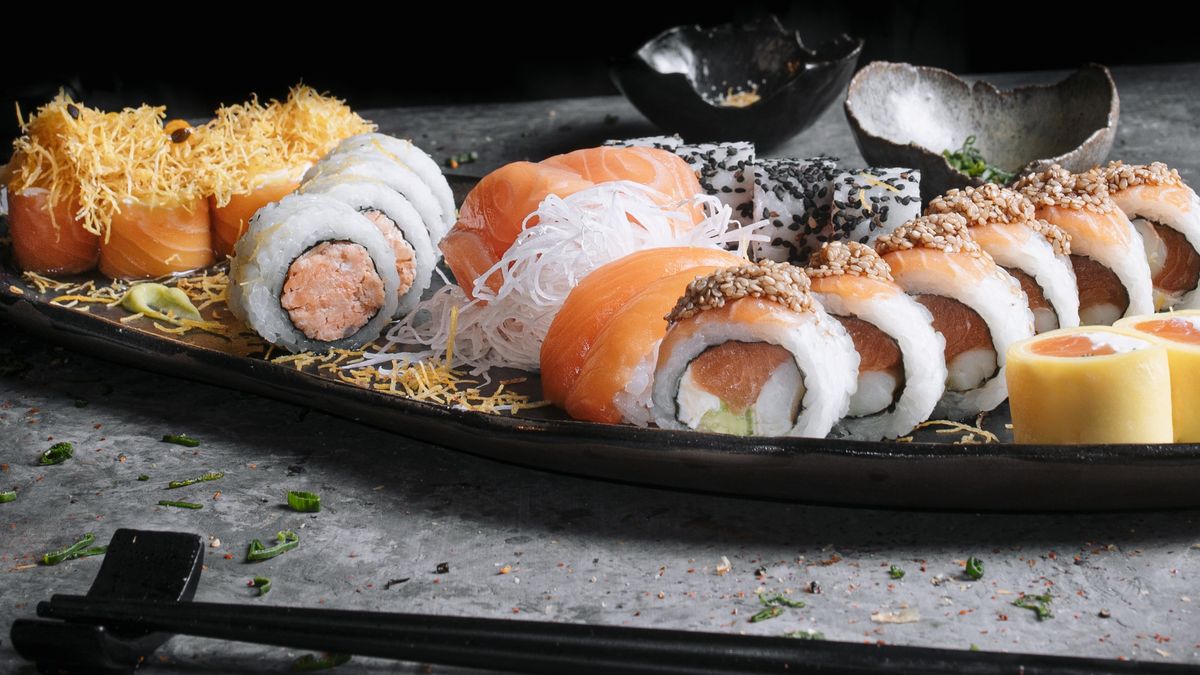As specified to TN Sergio Asatocollaborator of Japanese Gastro Club, a group of entrepreneurs dedicated to Japanese gastronomy, “salmon had been increasing quite a bit.” However, after the structural changes that occurred at the national level, and clearly because of their consequences, raw material prices They doubled this Monday.
“When we started placing orders, the prices doubled: before you bought a box of salmon for 50 thousand pesos and now they came to 100 thousand”, he added.
In this sense, he clarified that “the salmon is coming in” in Argentinabut remarked that before three trucks arrived with that product and “now only one truck has passed.”
“The one who imports the salmon imagines that he has to go with the Dollars to the border, otherwise they don’t give you the salmon truck. In our case, we used to have a checking account to pay for the salmon in a few days, and now we don’t”, he described.
The merchant admitted that the situation “began to worry them.” For this reason, they held talks between the representatives of the group, which includes local Buenos aires citythe Greater Buenos Aires, Luján and La Plataand they began to think of alternatives to overcome these obstacles because, otherwise, “they were not going to last long”.
“We always try to find a way around it and we found a great tool. We realized that if we all come up with something together, we have a certain tendency among the followers of sushi or Japanese cuisine,” Asato argued, about the joint decision to replace salmon with “national white fish”, as detailed in the Instagram account of that group, made up of 60 restaurants.
In that direction, the gastronomic entrepreneur explained that, in the recent past, also in the face of adverse situations, they had to resort to ingenuity to overcome them. “The first time we went out with the lemon fish, we spread it all together and it had a great impact”, he counted.
“After in the pandemic the salmon trucks were not coming in Chili and we began to spread Japanese dishes with regional products, using vegetables, chicken, pork, meat and we put together a Japanese topical dish and it worked for us,” he remarked.
Source: Ambito
David William is a talented author who has made a name for himself in the world of writing. He is a professional author who writes on a wide range of topics, from general interest to opinion news. David is currently working as a writer at 24 hours worlds where he brings his unique perspective and in-depth research to his articles, making them both informative and engaging.




